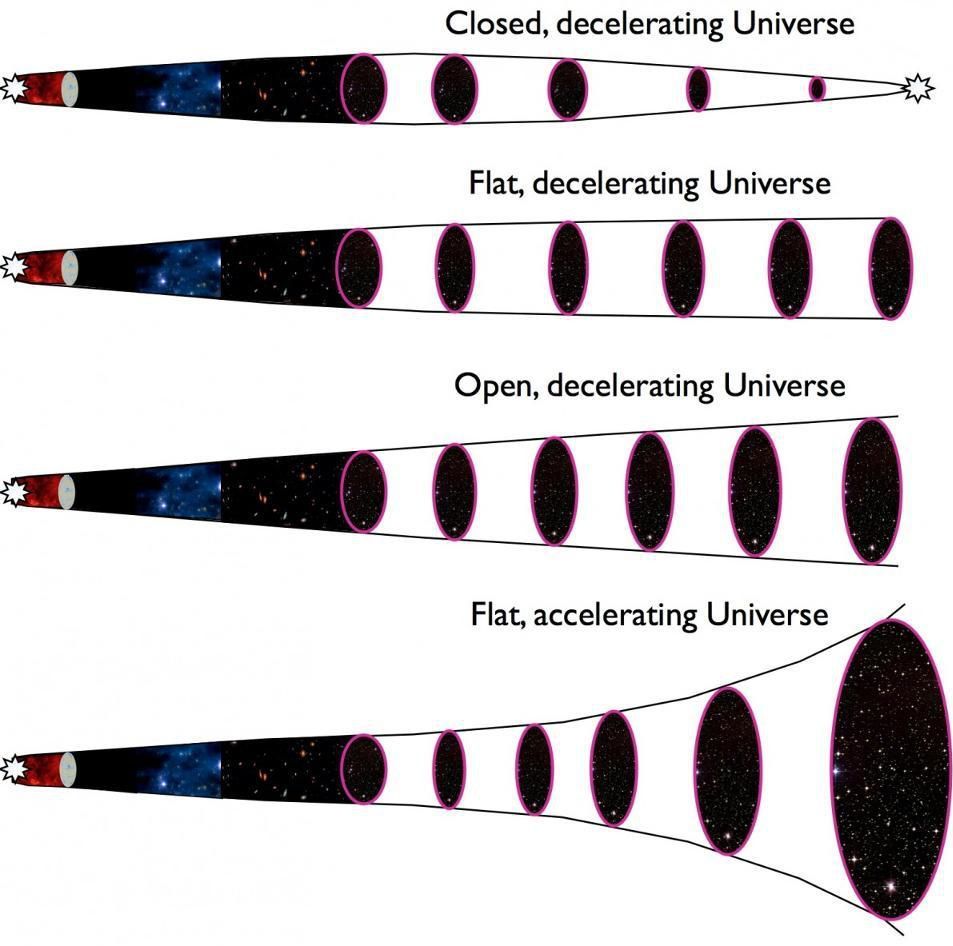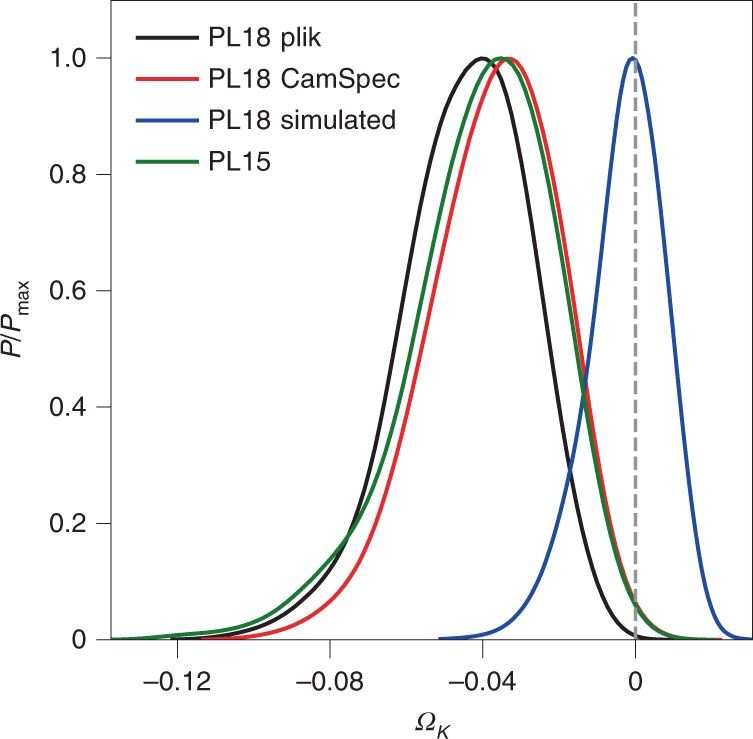Page 8240

We took a field trip to the largest green roof in New York City. Then we imagined what the city could be like if all of its roof space was green.
Nov 6, 2019
Scientists reveal the physics of Jackson Pollock’s painting technique
Posted by Quinn Sena in categories: media & arts, physics
The celebrated painter Jackson Pollock created his most iconic works not with a brush, but by pouring paint onto the canvas from above, weaving sinuous filaments of color into abstract masterpieces. A team of researchers analyzing the physics of Pollock’s technique has shown that the artist had a keen understanding of a classic phenomenon in fluid dynamics—whether he was aware of it or not.
In a paper published in the journal PLOS ONE, the researchers show that Pollock’s technique seems to intentionally avoid what’s known as coiling instability—the tendency of a viscous fluid to form curls and coils when poured on a surface.
“Like most painters, Jackson Pollock went through a long process of experimentation in order to perfect his technique,” said Roberto Zenit, a professor in Brown’s School of Engineering and senior author on the paper. “What we were trying to do with this research is figure out what conclusions Pollock reached in order to execute his paintings the way he wanted. Our main finding in this paper was that Pollock’s movements and the properties of his paints were such he avoided this coiling instability.”
Nov 6, 2019
These Researchers Are Using AI Drones to More Safely Track Wildlife
Posted by Genevieve Klien in categories: drones, robotics/AI, sex
In the late ’90s, wildlife conservationists Zoe Jewell and Sky Alibhai were grappling with a troubling realization. The pair had been studying black rhino populations in Zimbabwe, and they spent a good deal of their time shooting the animals with tranquilizer darts and affixing radio collars around their necks. But after years of work, the researchers realized there was a major problem: Their technique, commonly used by all manner of wildlife scientists, seemed to be causing female rhinos to have fewer offspring.
The researchers published their findings in 2001, igniting a controversy in the conservation world. The problem, says Duke University professor of conservation ecology Stuart Pimm, is that being “collared” is extremely stressful for animals. “If you were walking through your neighborhood and suddenly a bunch of strange people came charging after you … and you got shot in the ass with a dart and woke up with something around your neck, I think you’d be in pretty bad shape too,” he says.
But Jewell and Alibhai had an idea. While working alongside the Shona tribe in Zimbabwe, they saw how the indigenous trackers were able to deduce an enormous amount of information about wildlife from animals’ footprints, including weight, sex, and species, all without getting anywhere close to the animals themselves. “We would go out with local game scouts, who were often expert trackers, and they would often laugh at us as we were listening to these signals coming from the collars,” Jewell says. “They would say to us, ‘all you need to do is look on the ground.”
Nov 6, 2019
A New Robotic Instrument Will Map Millions of Galaxies and Reveal Dark Energy’s History
Posted by Genevieve Klien in categories: cosmology, robotics/AI
DESI will map millions of galaxies and measure how fast they’re moving. This dataset can tell astronomers how much dark energy exists and how that’s changed.
Nov 6, 2019
Can we stop aging? A conversation with biomedical gerontologist Aubrey de Grey
Posted by John Davies in categories: biotech/medical, life extension

Today we’re going to talk to the godfather of longevity, Aubrey de Grey, in the most ironic of settings – a pub in London. Over a beer, Aubrey explains why he believes that many of the typical health practices, such as drinking a lot of water, are myths and what he has discovered about slowing down the aging process. He reckons that in as little as 17 years, aging will no longer be a concern, and he supports this radical standpoint with some fascinating research. He talks about the idea that health is an integral part of longevity and that the seven pillars of aging need to be addressed simultaneously.
Nov 6, 2019
A single combination gene therapy treats multiple age-related diseases
Posted by Paul Battista in categories: biotech/medical, life extension
Human and animal longevity is directly bound to their health span. While previous studies have provided evidence supporting this connection, therapeutic implementation of this knowledge has been limited. Traditionally, diseases are researched and treated individually, which ignores the interconnectedness of age-related conditions, necessitates multiple treatments with unrelated substances, and increases the accumulative risk of side effects. In this study, we address and overcome this deadlock by creating adeno-associated virus (AAV)-based antiaging gene therapies for simultaneous treatment of several age-related diseases. We demonstrate the modular and extensible nature of combination gene therapy by testing therapeutic AAV cocktails that confront multiple diseases in a single treatment. We observed that 1 treatment comprising 2 AAV gene therapies was efficacious against all 4 diseases.
Comorbidity is common as age increases, and currently prescribed treatments often ignore the interconnectedness of the involved age-related diseases. The presence of any one such disease usually increases the risk of having others, and new approaches will be more effective at increasing an individual’s health span by taking this systems-level view into account. In this study, we developed gene therapies based on 3 longevity associated genes (fibroblast growth factor 21 [FGF21], αKlotho, soluble form of mouse transforming growth factor-β receptor 2 [sTGFβR2]) delivered using adeno-associated viruses and explored their ability to mitigate 4 age-related diseases: obesity, type II diabetes, heart failure, and renal failure.
Nov 6, 2019
‘Waves’ of fluid clear the brain of toxins during sleep, say researchers
Posted by Paul Battista in category: neuroscience
The finding represents one of the first times we have observed how the human brain clears out its waste products.
Nov 6, 2019
This Is Why Dark Energy Is The Biggest Unsolved Problem In The Universe
Posted by Paul Battista in category: cosmology
There are a lot of unsolved mysteries in the Universe, but dark energy is the most confusing. Here’s why.
Nov 6, 2019
Researchers claim data from Planck space observatory suggests universe is a sphere
Posted by Paul Battista in category: cosmology
A trio of researchers with the University of Manchester, Università di Roma ‘La Sapienza’ and Sorbonne Universities has sparked a major debate among cosmologists by claiming that data from the Planck space observatory suggests the universe is a sphere—not flat, as current conventional theory suggests. In their paper published in the journal Nature Astronomy, Eleonora Di Valentino, Alessandro Melchiorri and Joseph Silk outline their arguments and suggest their findings indicate that there exists a cosmological crisis that must be addressed.
Conventional theory, which backs inflation theory, suggests that after the Big Bang, the universe expanded in a way that was flat—two lights shone in parallel would travel forever in parallel. But now, after studying data sent back to Earth from the Planck space observatory (which mapped cosmic microwave background radiation over the years 2009 to 2013) Di Valentino, Melchiorri and Silk have come to disagree with conventional thinking. They claim that there is evidence that the universe is closed—that it is shaped like a sphere. If you shine two lights into the dark of space, they suggest, at some point, the light would come back around to you from behind.
The researchers came to this conclusion after looking at data from the Planck space observatory that showed a discrepancy between the concentration of dark matter and dark energy and outward expansion; there was more gravitational lensing than theory has predicted. Such an imbalance, they claim, would have the universe collapsing in on itself, resulting in a sphere shape. Others who have looked at the same data prior to this new effort have called the data from the observatory a statistical fluke. The research trio note that there are other problems with the flat theory as well, such as scientists’ inability to accurately measure the Hubble constant; each team that tries finds a different answer. There have also been problems with reconciling surveys of dark energy with a flat model.
















